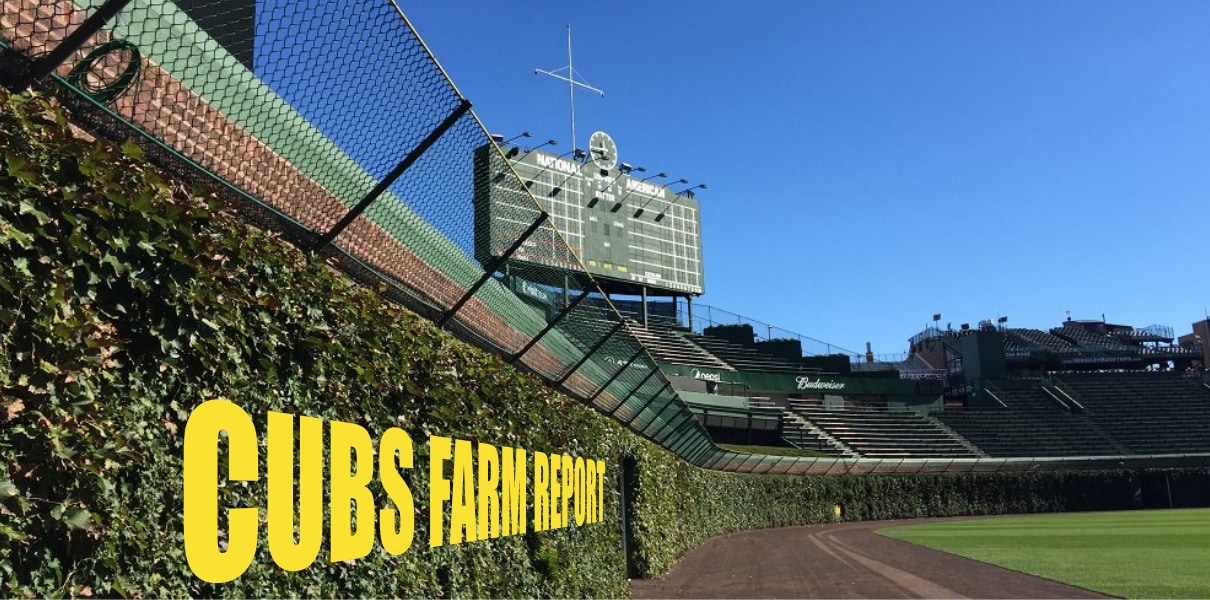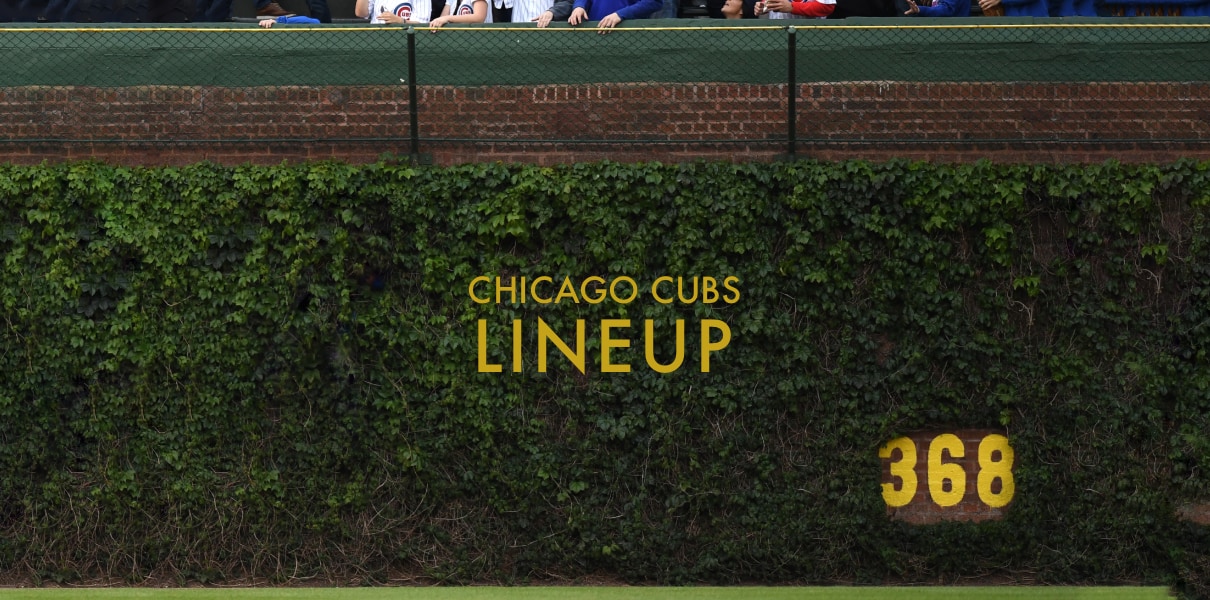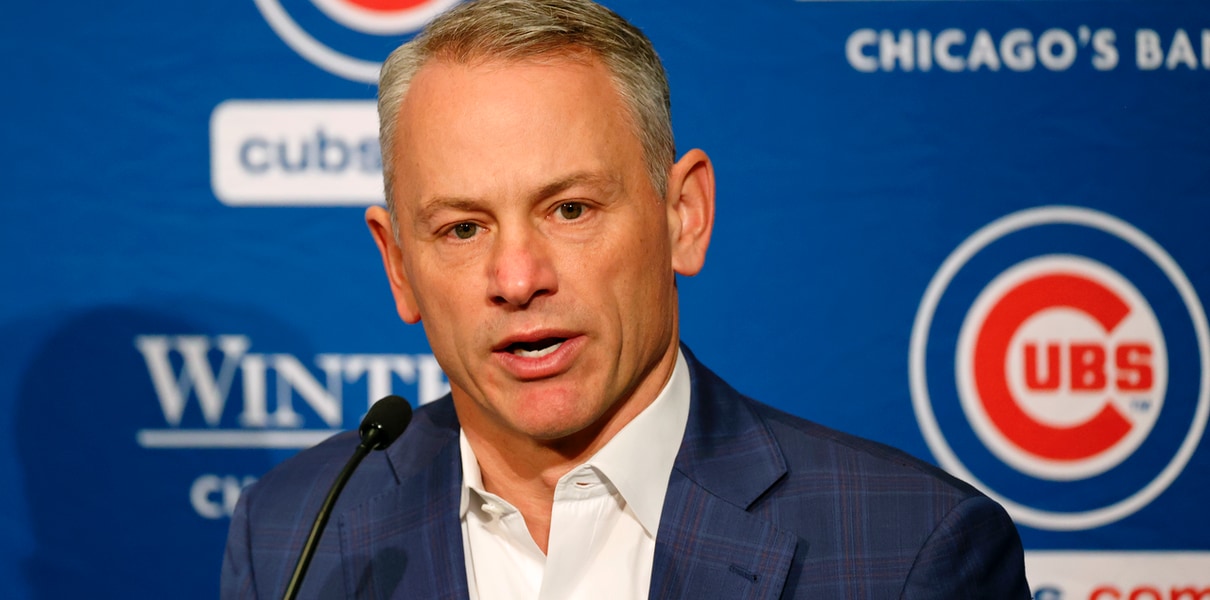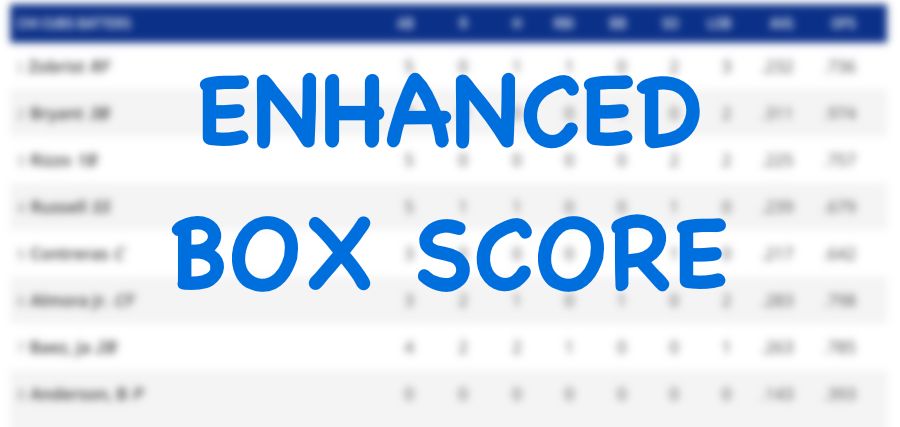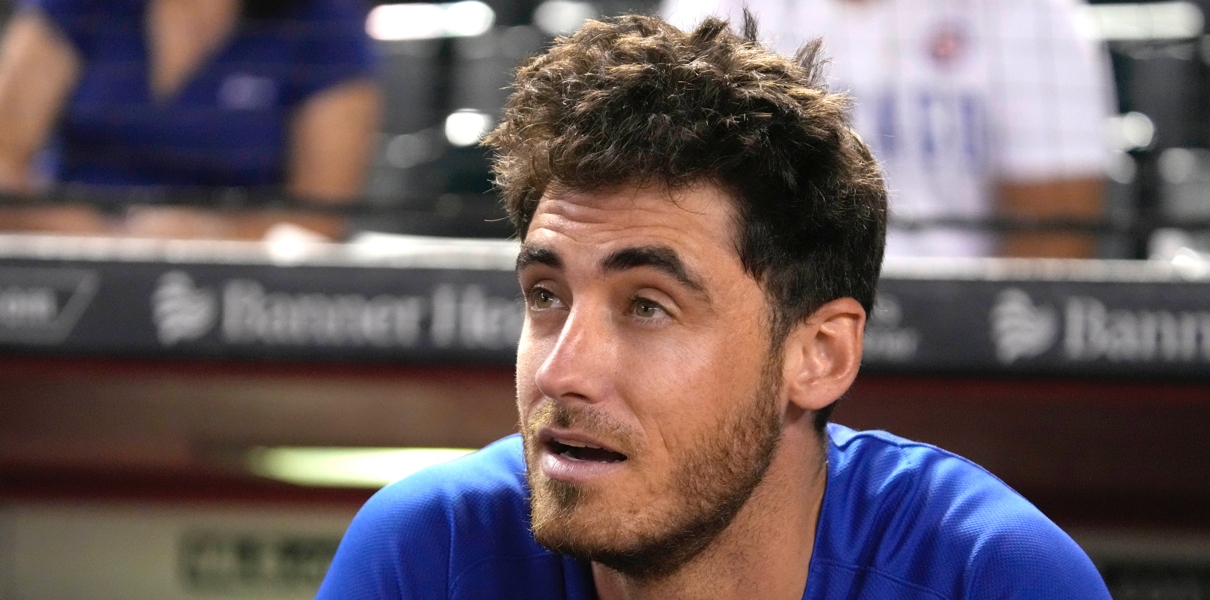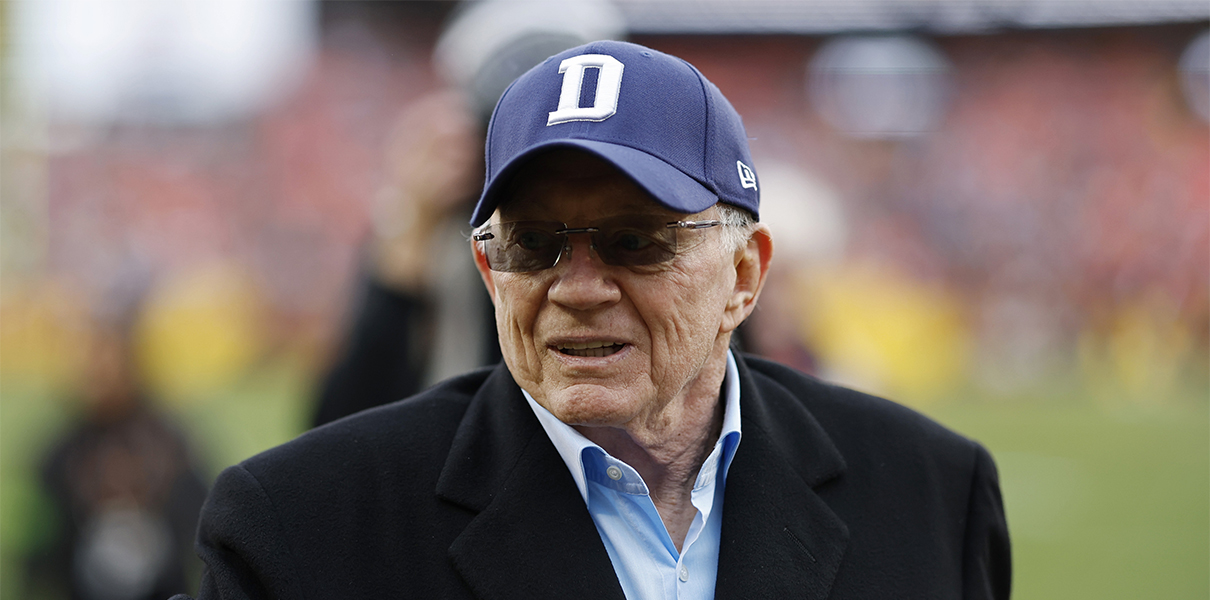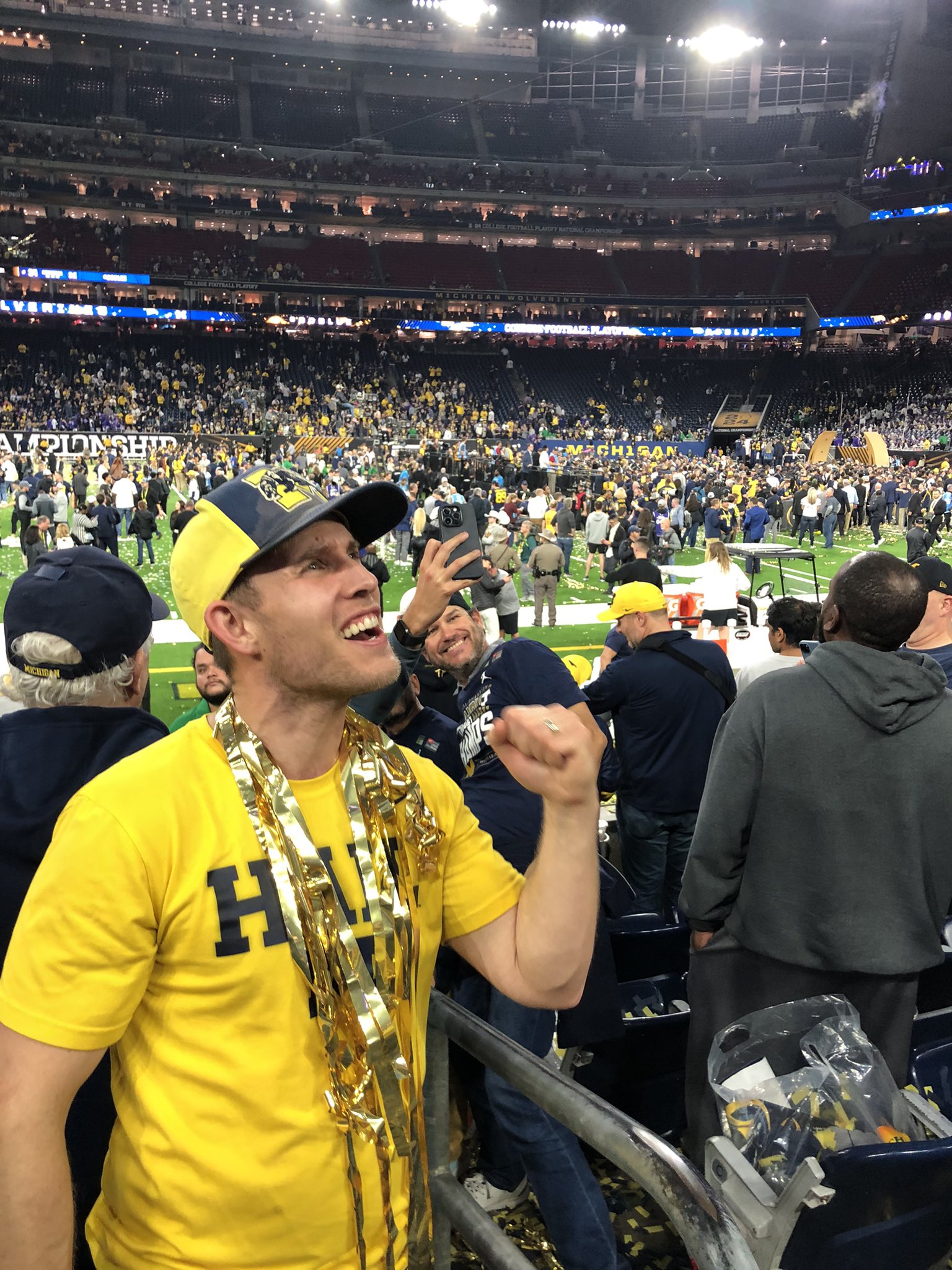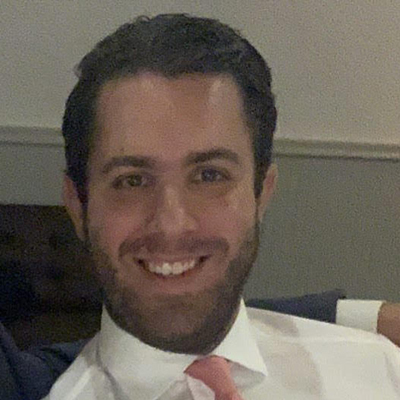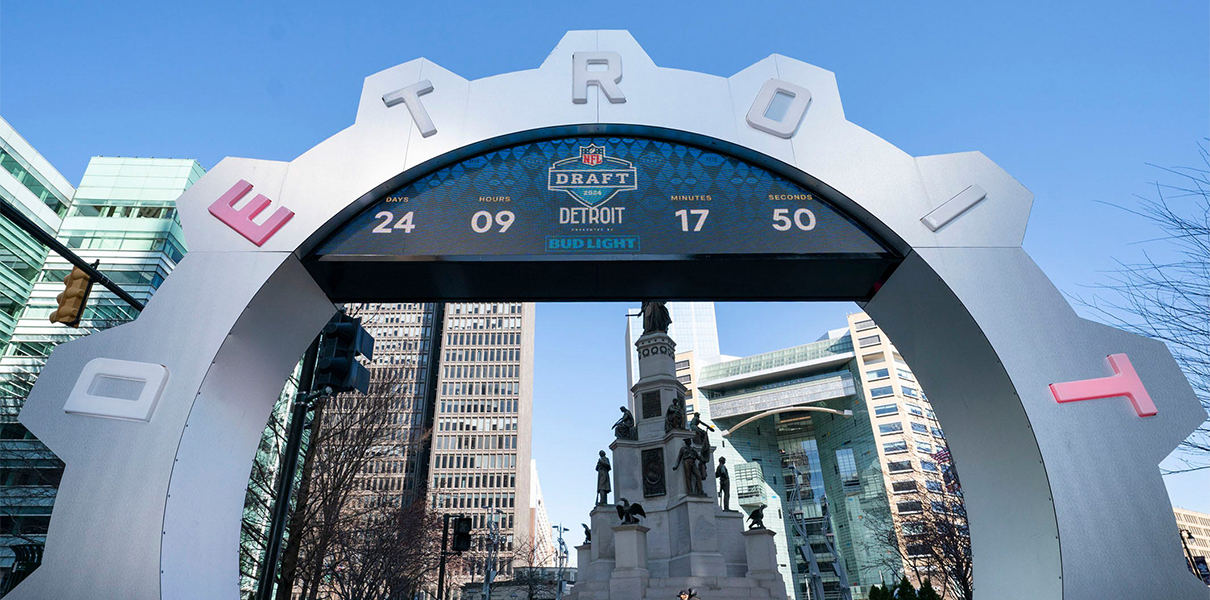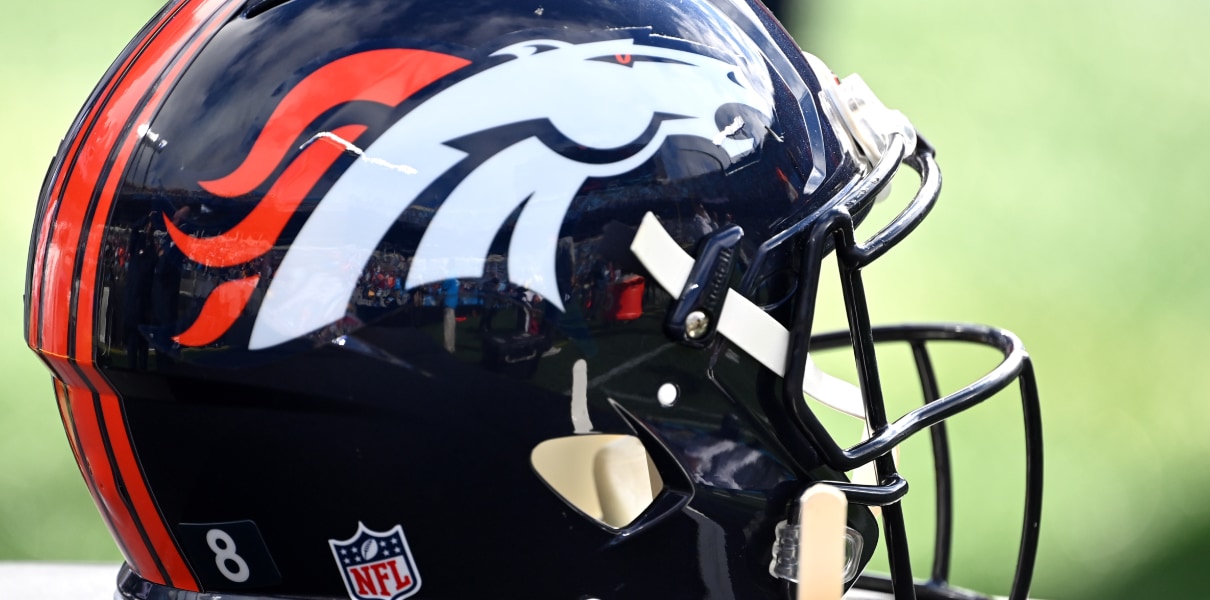Because it wasn’t a trade, and because it was lumped in with all the other roster moves – plus the trades and the very major non-trades – it went without discussion that the Cubs had claimed pitcher Kervin Castro off of waivers from the San Francisco Giants. That is to say, it was going to go without discussion until I had a chance to get into it today.
And then the Cubs jumped me again, calling Castro up to the big league team today. (No corresponding move is needed, because they were actually temporarily at 25 players yesterday following the trades.)
But who is Kervin Castro, who is now the Cubs’ newest reliever?
Well, for one thing, he was kinda actually a legit Giants prospect before they decided to try to get him off the 40-man roster when they made a separate prospect trade on Monday:
Apparently the Cubs thought Castro might STILL be a dude, since they claimed him immediately off of waivers.
Because MLB Pipeline doesn’t fully re-rank prospects in season until and unless there are trades or graduations, we actually get to see where Castro, as he was previously-viewed in the Giants system, ranks in the current Cubs system, before the full re-rank (does that make sense? It’s kinda like, where would Castro have ranked in the Cubs’ system back in April?). He comes in at number 29, just ahead of Riley Thompson at 30:
Castro grew up in Venezuela as a catcher and switched to pitching just three months before San Francisco signed him for $100,000 in July 2015. Tommy John surgery in 2017 restricted him to one inning in two years and he didn’t make his full-season debut until 2021, when the Giants challenged him with a full-season debut in Triple-A last May. He responded by earning a September callup, allowing just a single unearned run in 13 1/3 innings in the Majors before making a couple of scoreless Division Series appearances, but scuffled this season before the Cubs claimed him on waivers in August.
Castro displayed inconsistent fastball velocity and parked around 91-92 mph as a starter in 2019, then used his pandemic downtime to add strength and showed up at the instructional league in 2020 with a 92-97 mph four-seamer. He maintained that heat as a reliever last season, topping out at 98 mph and getting good carry up in the strike zone. He always has demonstrated good feel for his curveball, a low-80s offering with power and depth despite below-average spin rates.
Though Castro repeats his simple delivery well and showed solid control in the past, he had bouts of wildness in Triple-A last year with his improved stuff and has struggled to throw strikes in 2022. He flashed an average changeup as a floor-over-ceiling starter and theoretically could try to make it as a starter if a need arose.
Castro, 23, already has some good big league numbers – 3.00 ERA, 2.10 FIP, 60.0% GB rate, 25.4% K, 9.0% BB. But the rub is that is in just 15.0 innings, most of which came last year. This year, he’s pitched mostly at Triple-A, and the results have been atrocious – most troublingly, the K rate is down to 21.2% and the BB rate is up to 15.9%.
Still, Castro managed to hang on as the 22nd ranked prospect in the Giants’ system at the BA midseason re-rank:
Castro’s rise from the low minors to the big leagues in such a short time span centered around the improvements he showed at instructional league in 2020. There, his fastball began touching the 96-97 mph range. He sustained that velocity in 2021, when his fastball sat 95 mph and touched 98. Like many pitchers in the Giants system, Castro’s pitch mix is equipped to play the north-south game. He pairs his fastball with a low-80s curveball with plenty of downward bite. Castro will mix in the occasional cut fastball, but his approach is mostly predicated on tunneling his curveball off of his four-seamer. He’s more of a control over command type of pitcher and isn’t likely to fit in high-leverge situations without improvements to his command.
He’s kinda sorta still a prospect! No, he wouldn’t actually rank anywhere close to the Cubs’ top 30 in a true updated list, and yes he clearly had sufficient issues this year that the Giants didn’t want to use a 40-man spot on him anymore.
But that doesn’t mean he wasn’t worth a waiver claim and a look down the stretch for the Cubs, especially given their success with developing relievers. This is the kind of guy you could have seen the Cubs acquire in a lesser trade – you know, like a Miley or a Smyly deal – and they instead got him off of waivers thanks to the timing.
Now we’ll see how he looks for the Cubs, and how long he stays up with the big league team. He does still have option years remaining, so basically, he’s pitching to stay on the 40-man throughout the offseason and then perhaps be an up-down guy in the bullpen next year (unless, of course, he breaks out and locks down a spot). You can think of him in that Michael Rucker, Anderson Espinoza, Steven Brault range, where you may very well want to keep them for next year, but the question is that 40-man spot during the offseason.




